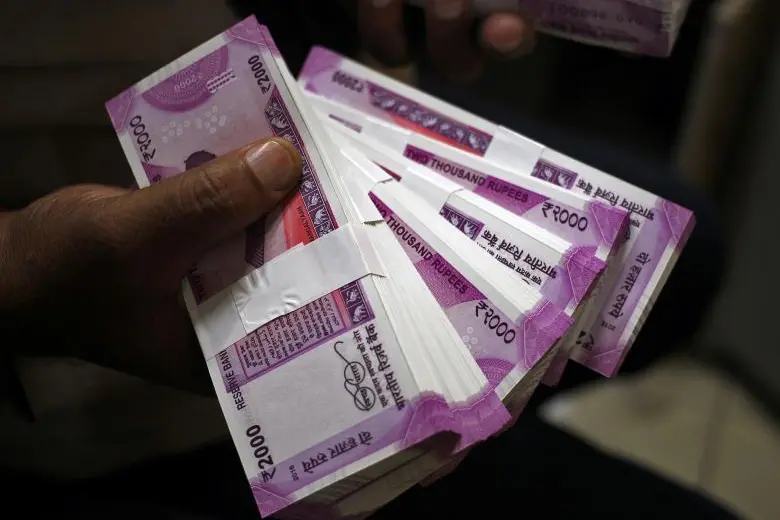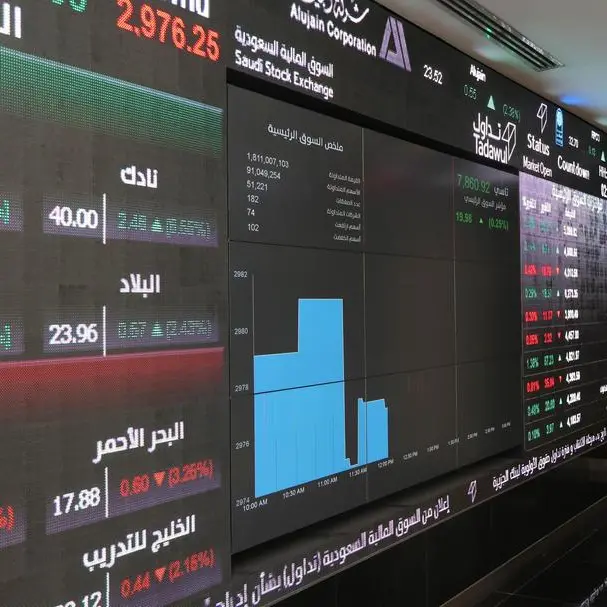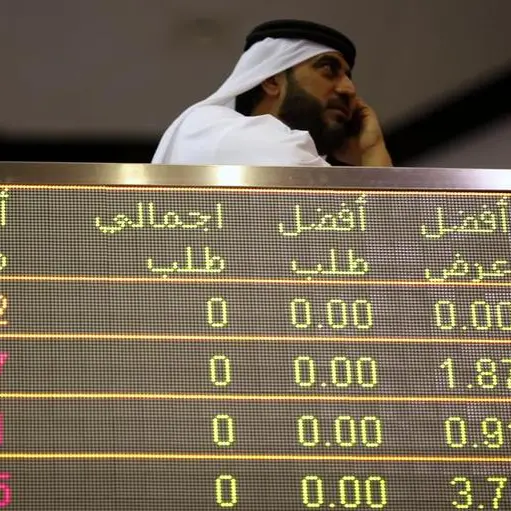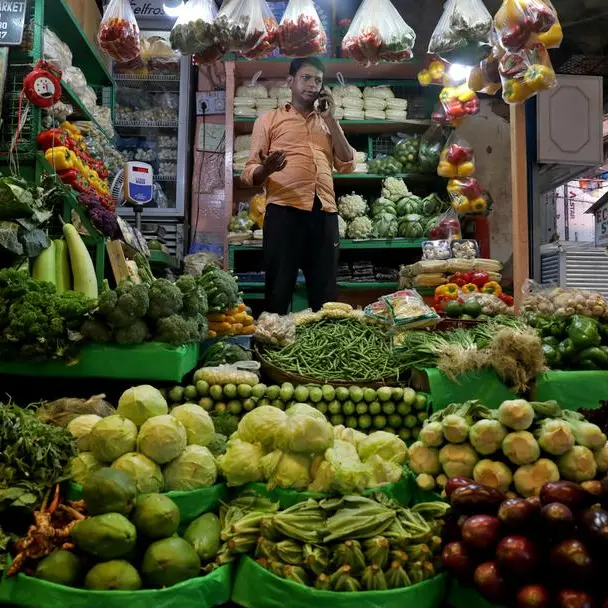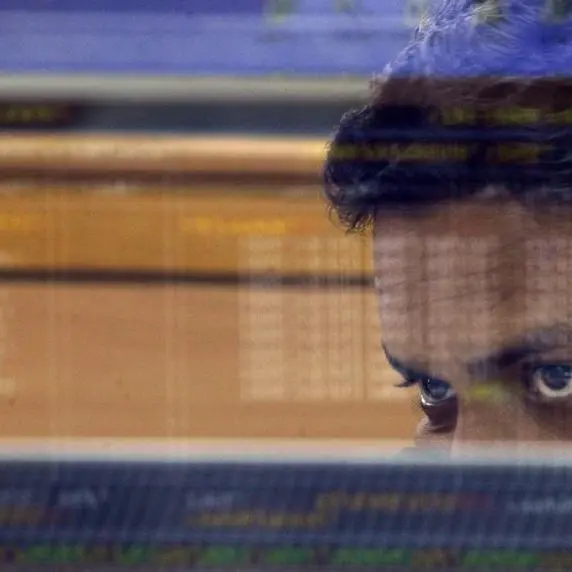PHOTO
Dubai - The rupee fell versus UAE dirham and US dollar amidst uncertainty surrounding the Indian currency and could cross 20 against dirham again in the coming months due to concerns about funds outflow and slowdown in economy concerns, analysts said.
The rupee fell to six-month low of 19.54 versus dirham or 71.71 against greenback on Tuesday but made a brief recovery on Wednesday and rose 23 paise in the morning to 19.47 versus dirham or 71.48 against dollar.
It has lost 4.4 per cent in the last four months, making it the worst performer in Asia. Rupee hit all-time low of 20.24 on October 10, 2018. Ahead of elections in India, the rupee had strengthened to 18.66 vs dirham on April 4.
US bank JPMorgan Chase & Co. forecast that the Indian currency will hit 73/74 vs dollar (19.9/20.2 vs dirham) in the coming months, mainly due to waning internal and external growth.
Jonathan Cavenagh, head of foreign exchange strategy for emerging markets Asia at JPMorgan Chase, sees the rupee being overvalued in real effective exchange terms.
Vijay Valecha, chief investment officer, Century Financial, stated that the Indian rupee woes are compounded by huge money outflows from Indian stock market, rise in crude oil prices since last December and weak domestic stock market sentiment owing to budget tax proposals.
"As per a recent statistic, FII's alone have pulled out 24,000 crore Indian rupees. Consecutive four-week rally in USD/INR is unlikely to halt anytime soon as momentum seems to be strongly in favour of dollar. October 2018 high of 74.08 seen in US dollar caused AED/INR to spike to 20.21 levels. Going ahead, with current negative sentiment in Indian domestic markets, expectations are high for at least foreign portfolio investor (FPI) tax relief from Indian government. If there is no strong indication on the same, USD/INR is likely to run another leg higher and cause AED/INR to retest its high of 20+ levels," Valecha added.
As per Real Effective Exchange Rate (Reer), the rupee is overvalued by around 1.25 per cent.
He pointed out that rupee is heavily going to be impacted by several factors such as foreign institutional investor flows to Indian capital markets, government stimulus measures, RBI monetary policy trajectory, crude oil prices and Indian sovereign yields.
The Indian economy, which is the fastest growing economy in the world, is also facing slowdown concern as former Reserve Bank of India governor Raghuram Rajan on Tuesday warned that the economic slowdown is "very worrisome" and called for taking a fresh look at how the GDP is calculated.
Krishnan Ramachandran, CEO of Barjeel Geojit Financial Services, said rupee has depreciated close to four per cent in the last month, primarily on account of weak macro-economic data, poor corporate performance and on account of fluctuations seen in the emerging/Asian currency markets.
"I do not anticipate the currency to weaken further and at best expect it to depreciate up to 72.25 to the dollar (19.7 vs dirham) in the near term. The prevailing scenario of low oil prices and high gold prices should mitigate any steep fall in the currency in the coming months," he added.
Copyright © 2019 Khaleej Times. All Rights Reserved. Provided by SyndiGate Media Inc. (Syndigate.info).
